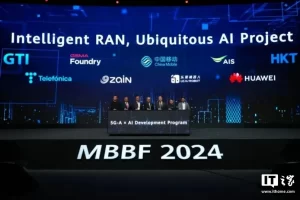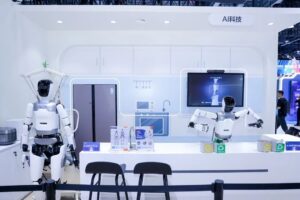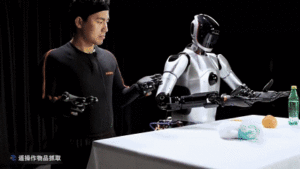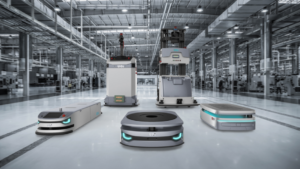After the recent wave of electric vehicle ventures, major home appliance companies have again embarked on cross-industry endeavors. Well-known brands such as Midea, Haier, and Gree are now entering the humanoid robot market, seeking new growth in this emerging sector.
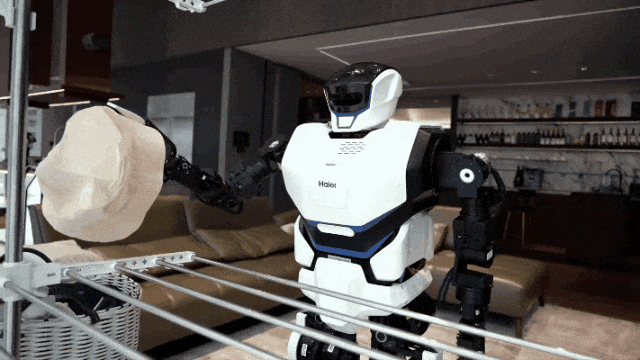
Haier
In March 2024, Haier collaborated with Leju Robotics to showcase Kuavo, China’s first general-purpose humanoid robot designed for home use, at the Appliance & Electronics World Expo (AWE). Kuavo demonstrated capabilities in household tasks like washing clothes, watering plants, and hanging laundry. Haier, which entered the service robot sector in 2018, continues to innovate to create a “smart home butler” for tasks beyond household chores, such as elder care and education.

Changhong
In July 2024, Changhong, alongside China North Industries Corporation’s research division, began testing its humanoid robot, “Assembler,” at its Mianyang smart manufacturing facility. Standing 1.7 meters tall and capable of carrying up to 30 kilograms, Assembler performs tasks like material handling and labeling, with the potential to boost productivity by over 30%. Changhong aims to expand beyond healthcare and household applications into broader areas where robots can assist with daily living activities.
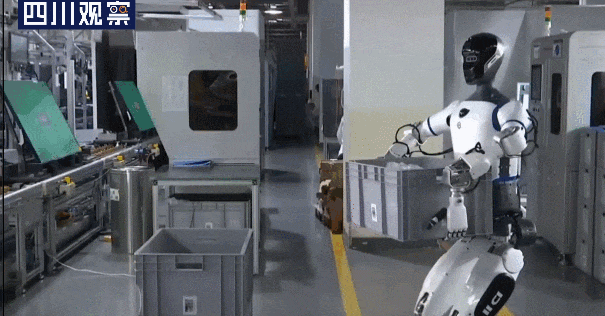
Midea
Midea’s CTO recently revealed the company’s establishment of a team dedicated to humanoid robotics research, focusing on core components. Having entered the robotics sector in 2017 through its acquisition of KUKA, Midea’s experience in industrial robots supports its aspirations in the humanoid space, although it’s still considered a newcomer here. For now, Midea’s efforts are focused on developing key components like high-torque and integrated harmonic reducers, which could pave the way for more comprehensive humanoid robot production in the future.
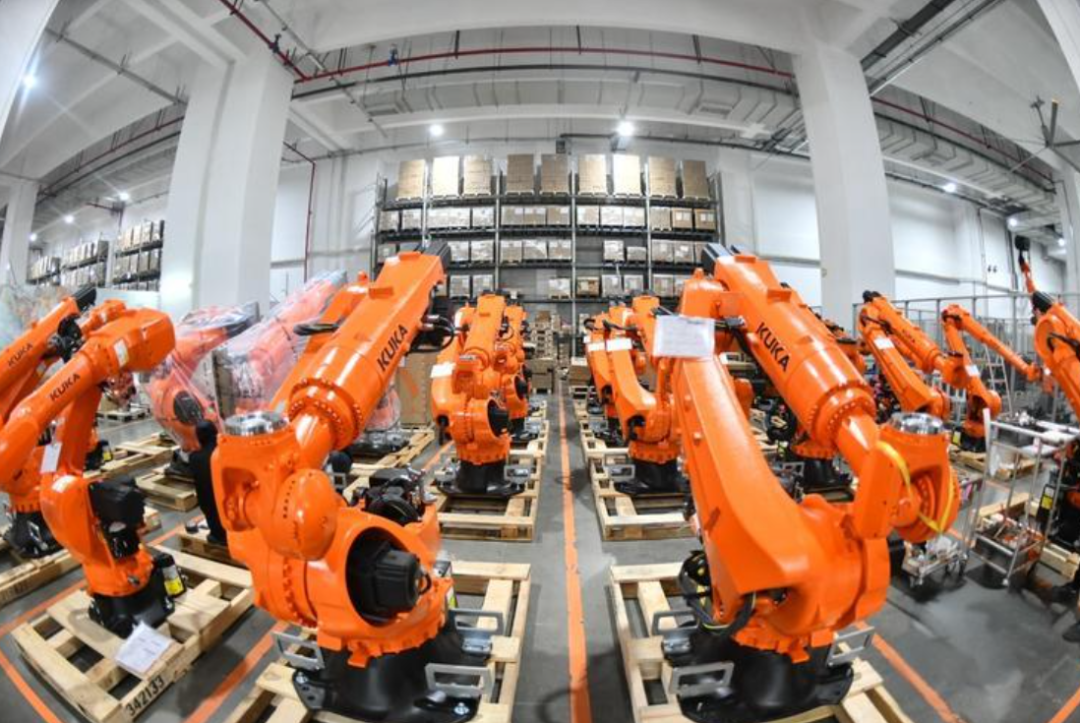
Gree
Gree has expanded its business into robotics and automotive components by forming Gree Automotive Technology. Gree aims to establish itself in the humanoid robot market through investments in multiple robotics companies. Starting in 2012, Gree has leveraged robots to automate its production lines, and it has since extended this technology into various manufacturing sectors.
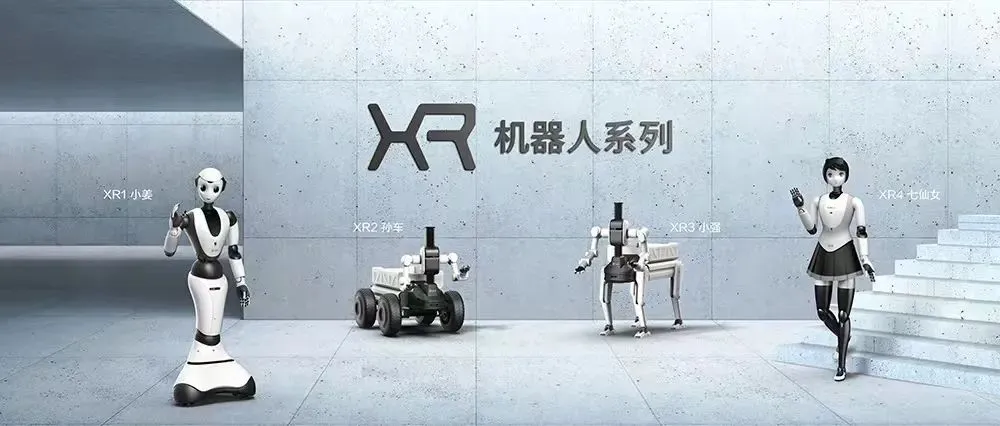
Dyson
In 2022, Dyson announced plans to develop humanoid robots that could perform household chores within the next decade. Dyson’s UK “perception lab” is dedicated to developing robot vision systems, and the company has recruited over 2,000 engineers to work on this initiative, making it one of the largest robotic development teams in the UK.
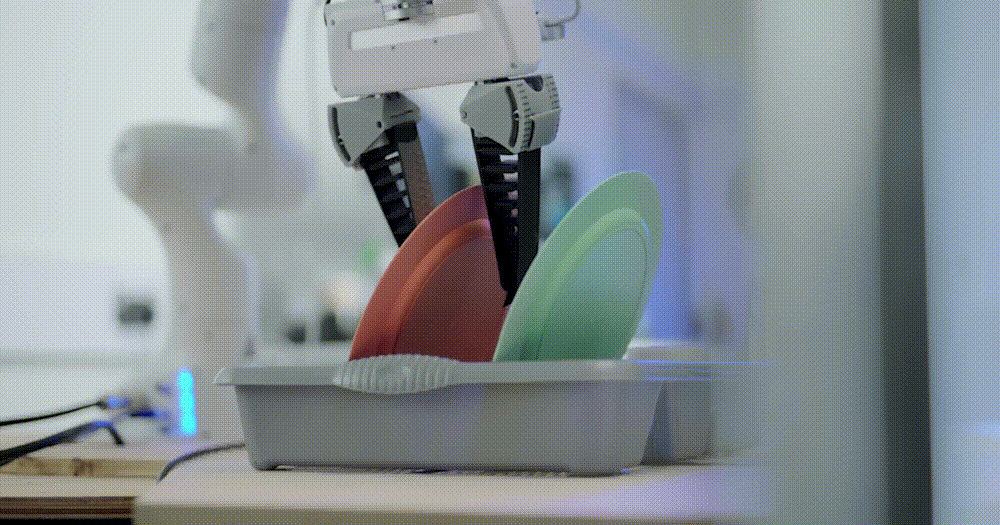
PureMi (Chunmi)
As part of Xiaomi’s ecosystem, PureMi showcased a full-size humanoid robot prototype in early 2023. The model, nicknamed “Da Qiang,” features 35 servo motors enabling intricate movements, with a design reportedly more advanced than Xiaomi’s own CyberOne. PureMi’s initial launch has since quieted as it continues R&D efforts in this challenging sector.
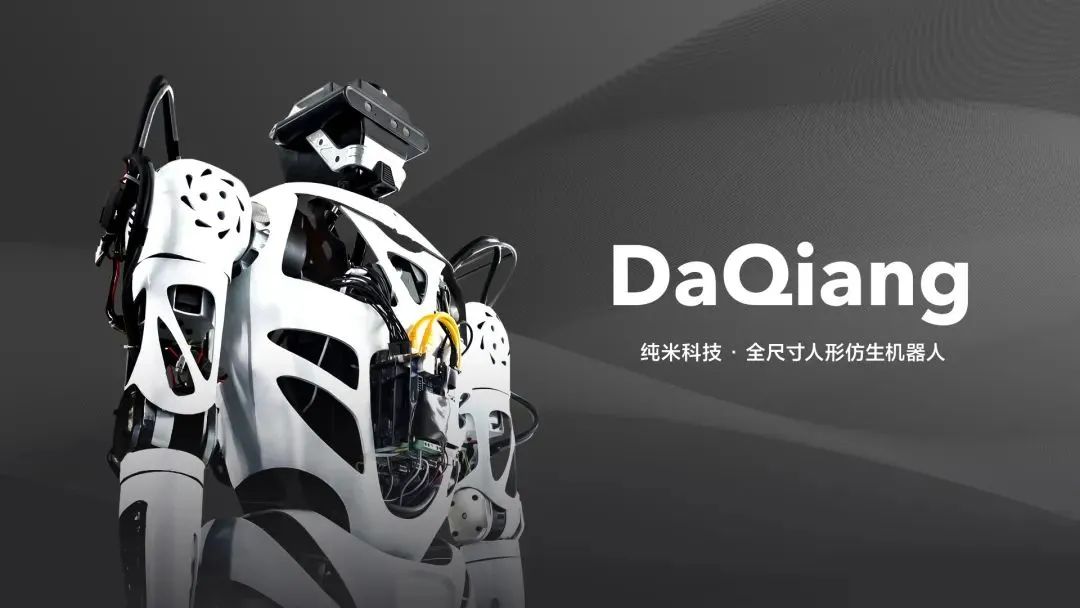
In Summary
The transition into humanoid robotics presents both opportunities and significant challenges for traditional home appliance manufacturers. While the promise of humanoid robots could drive business diversification and smart ecosystem development, complex technical demands, diverse market needs, and consumer adoption hurdles will ultimately determine whether these robots can become a staple in everyday life.




